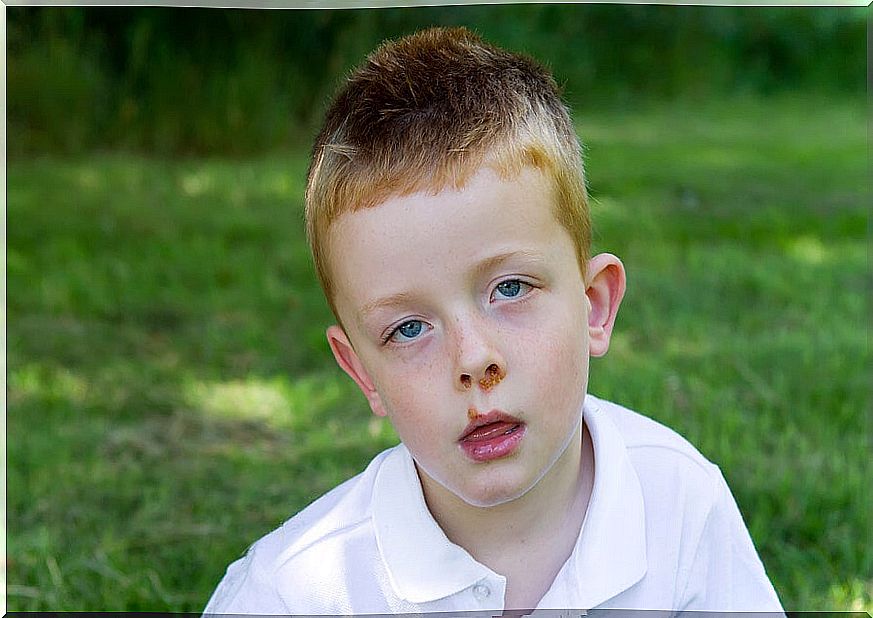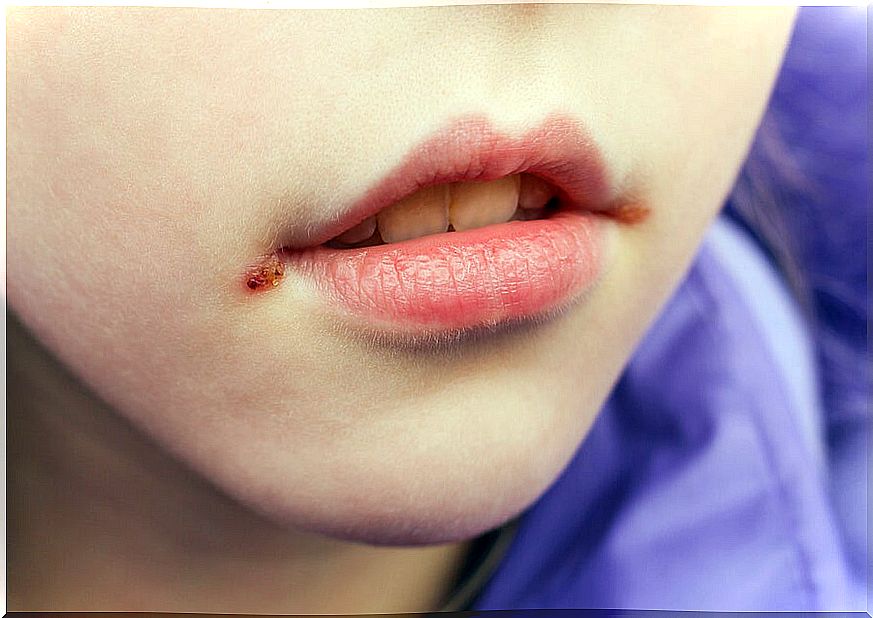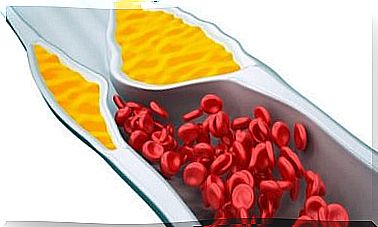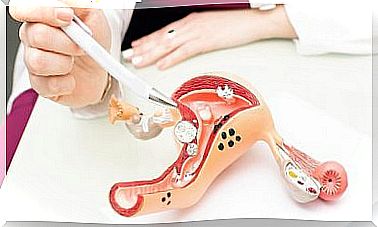Impetigo: Symptoms And Causes
Impetigo is quite a contagious disease. For that reason, it should be treated as soon as possible. It usually affects children between the ages of 2 and 6, but it can also be contracted by adults.

Impetigo is an infectious disease that mainly affects children. It is estimated that around 1% of European children have suffered from this disease. In Latin America the percentage rises to 15%. It is not a serious problem, but it can have serious consequences.
Cases of impetigo in adults are rare. However, this disease can occur at any age. It usually takes place in childhood, in children between the ages of 2 and 6. At this stage there are no fully established hygiene habits and there is a lot of physical contact between the little ones.
Faced with a case of impetigo, it is important that it is treated in the shortest possible time. Although in principle it is not serious, on the other hand it is very contagious and spreads rapidly. Also, in some children it can trigger postinfectious glomerulonephritis, which is a serious problem.
What is impetigo?

Impetigo is a bacterial infection of the skin. Generally, it appears in the form of red sores on the face. These are mostly located near the mouth or nose. It is also possible to find them on the hands and feet. These sores burst and form honey-colored scabs.
The infection takes place in the epidermis, which is the most superficial area of the skin. In this there is a layer called keratin, which acts as a protector from contact with the outside. If this layer is weakened or damaged, it allows the bacteria that cause impetigo to pass through.
There are basically three types of impetigo:
- Bullous. It is caused by staph and leads to blistering of the skin.
- Not blistering. It is caused by strep bacteria and instead of blistering, it erodes the skin. It is the most common modality.
- Ecthyma type. It generates ulcers, instead of blisters or erosions.
Symptoms
The first symptom of this disease is redness on the skin, as if something has irritated it. An increasing itch also appears. A little later, small blisters or vesicles appear. These have a very thin cover, which is easily broken.
When they burst, the blisters or vesicles let out pus. This substance is highly contagious and any contact with it should be avoided. The skin is raw and has blood. It is common to have some particularly resistant blisters. These have a yellowish crust around them.
It is very common for the lymph nodes near the affected area to become inflamed. These can move when displaced and it is not uncommon for them to cause pain. However, it is a symptom that often goes unnoticed. There is no fever or discomfort, since it is a localized and superfluous infection.
Causes of impetigo

Impetigo is usually caused by the bacteria Staphylococcus aureus or by Streptococcus pyogenes . The latter is also known as “group A streptococcus” and is the cause of strep throat. The disease is acquired by direct contact with someone infected.
If your child scratches and then touches another part of his body, he can move the infection to that new area. The disease is also spread by touching objects that have been in direct contact with the skin, such as clothes, towels, etc.
The main risk factors for impetigo are:
- Age. It mainly affects children between the ages of 2 and 6.
- Overcrowding. The contagion spreads in places with a high concentration of children.
- Climate. Impetigo occurs most often in hot, humid climates, and in summer in countries that have seasons.
- Lesions on the skin. Typically, impetigo bacteria enter the skin through small wounds, such as insect bites or similar injuries.
Other data of interest
Although rare, the disease can also occur in adults. Those who are most exposed to contracting it are those who have a weakened immune system, either due to the use of some medicine or another disease. Diabetics are also a population at risk.
Typically, the sores heal after a while and leave no scars. Only in rare cases do complications occur. The most common are marks or scars, kidney problems or deforming dermatopaniculosis.
The disease is usually treated with antibiotics. It is recommended that the child not attend school until at least 24 hours after starting treatment. In some cases it is recommended to cover the affected area with a dressing or gauze.









